The iRobot Roomba 880 is a powerful ally in the quest for a clean home, designed to automate the daily chore of vacuuming. Its ability to navigate and clean floors autonomously makes it a valuable appliance for many households. However, when its core function—suction—fails, the device becomes little more than a mobile decoration. A loss of suction is one of the most common problems users encounter, turning a helpful robot into a source of frustration.
This guide is designed to help you navigate this common issue. We will delve into the various reasons why your Roomba 880 might have lost its suction power, from simple clogs to more complex mechanical failures. By following our detailed troubleshooting steps and maintenance advice, you can diagnose the root cause of the problem, implement the correct fix, and restore your robotic vacuum to its peak cleaning performance, ensuring it continues to be an effective part of your home cleaning routine.
Pinpointing the Cause of Suction Loss
When your Roomba 880 stops picking up dirt, the first step is to identify why. The loss of suction is rarely a random event; it’s typically a symptom of an underlying issue. These problems can range from simple maintenance oversights to component wear and tear that occurs over time.
Debris Blockage
The most frequent culprit behind poor suction is a physical obstruction. The Roomba 880 is designed to pick up a variety of household debris, but an accumulation of this material can clog its internal pathways. Hair, lint, pet fur, and fine dust can become tightly wrapped around brushes or compacted within the suction channel and dustbin entrance. This blockage restricts airflow, which is essential for creating suction. If left unaddressed, a severe clog not only results in poor cleaning but can also strain the motor and other components.
Worn or Damaged Components
Your Roomba is a machine with moving parts that are subject to wear over its lifespan.
* Brushes: The extractor brushes are in constant contact with the floor. Over time, they can become worn down, losing their ability to effectively agitate and lift debris into the suction stream.
* Belt: A small belt drives the rotation of the brushes. If this belt becomes stretched, loose, or breaks, the brushes won’t spin correctly, severely hampering the vacuum’s ability to collect dirt.
* Suction Fan: The fan motor is the heart of the vacuum’s suction system. Debris can sometimes bypass the filter and jam the fan, or the motor itself can fail from extended use.
* Seals: Rubber seals around the suction channel and dustbin ensure a closed system, maximizing airflow. If these seals become worn, cracked, or dislodged, air can leak out, causing a significant drop in suction power.
Filter Problems
The HEPA filter in your Roomba 880 plays a critical role. It traps fine dust and allergens, preventing them from being recirculated into the air. However, if the filter becomes saturated with dirt, it can no longer allow air to pass through freely. This effectively chokes the vacuum, drastically reducing suction. Furthermore, installing the filter incorrectly after cleaning can create gaps that allow air to escape, leading to the same result.
Software Glitches
While less common, software issues can sometimes manifest as performance problems. Outdated firmware may contain bugs that affect motor operation or power management. In some cases, the Roomba might generate an error code that points toward a suction-related issue, even if the root cause is a software glitch that needs to be cleared with a reset or an update.
Power Supply Issues
The suction motor requires a steady supply of power to operate at full strength. A weak, aging, or failing battery may not be able to provide enough voltage to run the fan motor effectively, leading to weak or nonexistent suction. Similarly, dirty or corroded charging contacts on the robot and its home base can prevent the battery from charging properly, resulting in insufficient power for a cleaning cycle.
A Comprehensive Guide to Restoring Suction
Now that you’re familiar with the potential causes, you can begin a systematic troubleshooting process. Follow these steps in order, as the solution is often found in the simplest checks.
Step 1: Perform a Thorough Debris Check
This is the most critical and often most successful part of the troubleshooting process. You will need to inspect every part of the Roomba’s debris path.
Clean the Brushes
Turn your Roomba 880 upside down on a flat surface. You’ll see two rubber extractor brushes, typically green or gray, housed under a protective cage.
1. Push the two yellow tabs to release the brush cage.
2. Lift out the two extractor brushes.
3. Remove any hair, string, or fibers wrapped around the brushes and their axles. Pay close attention to the square and hexagonal ends where debris tends to accumulate.
4. Wipe the brushes clean with a dry cloth. While you have them out, inspect them for any signs of significant wear or damage.
If your Roomba’s brushes are worn or damaged, replacing them can significantly improve its ability to agitate and lift debris, restoring effective cleaning.
Roomba 880 Brushes
Side Brush for Roomba 880

Durable replacement side brushes for optimal cleaning performance
Brush Set for Roomba 880
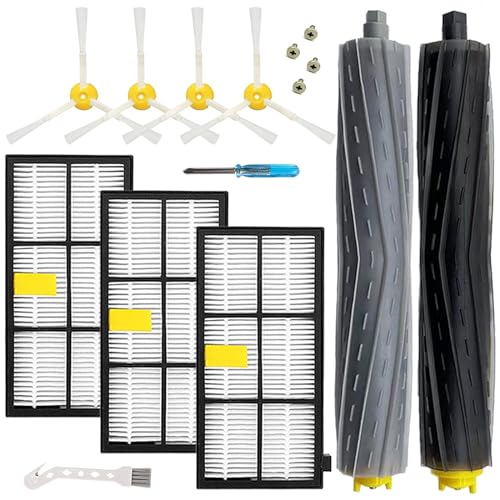
Comprehensive kit with filters and debris extractor for full maintenance
Rubber Roller Brush for Roomba 880

Premium rubber brushes for efficient dirt removal and durability
Side Brush Set for Roomba 880

Cost-effective large pack for long-term maintenance needs
Clean or Replace the Filters
The filter is located inside the dustbin.
1. Press the dustbin release button and slide the bin out of the Roomba’s body.
2. Open the filter door on the side of the dustbin.
3. Remove the HEPA filter by pulling on the yellow tab.
4. Tap the filter firmly against the inside of a trash can to dislodge all dust and debris. Do not wash the filter, as water will damage it.
5. If the filter is exceptionally dirty or has been in use for a few months, it’s best to replace it. A clean filter is vital for strong suction.
To ensure optimal airflow and suction, especially if your current filter is old or heavily soiled, a new filter is essential.
Roomba 880 Filter
iRobot Roomba 880 Filter (3-Pack)

Official high-efficiency filter for peak Roomba 880 performance
MZY LLC 12 Pack HEPA Filters

Cost-effective HEPA replacement for Roomba 880 series
LOTIN 12 Pack HEPA Filters

Premium HEPA filters for sustained Roomba 880 performance
I Clean 10 Pack HEPA Filters

Value set with included cleaning tool for Roomba 880 series
Clear the Suction Channel
With the dustbin removed and the brushes out, you now have a clear view of the entire suction path.
1. Visually inspect the opening where the brushes sit. Use your fingers or a pair of tweezers to pull out any compacted debris.
2. Look into the suction port that leads into the dustbin cavity. Ensure this channel is completely clear of obstructions.
3. Empty the dustbin and check its intake port for any clogs.
Step 2: Inspect Internal Components
If a thorough cleaning doesn’t solve the problem, the issue may lie with a worn mechanical part.
Examine the Drive Belt
The brushes are driven by a small belt. If the brushes are not spinning when the Roomba is running, a broken belt is a likely cause. You may need to remove the side panel of the Roomba to access and inspect this belt for wear or breakage. If it’s loose or snapped, it will need to be replaced.
If the brushes aren’t spinning correctly due to a stretched or broken belt, replacing it will restore proper brush function and improve debris pickup.
Roomba 880 Brush Belt
I clean Replacement Brush for Roomba 880
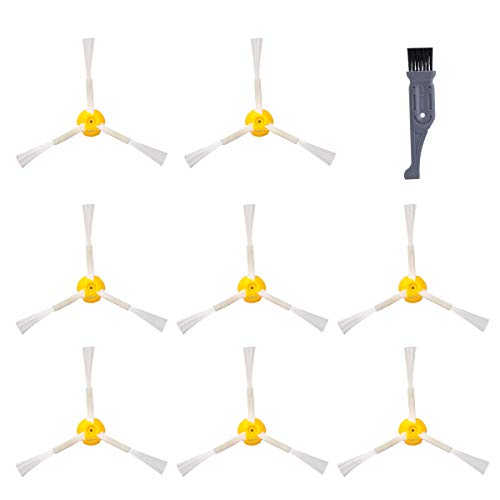
Cost-effective brush set for Roomba 800/900 series cleaning performance.
Hongfa 20-Pack Side Brush for Roomba 880
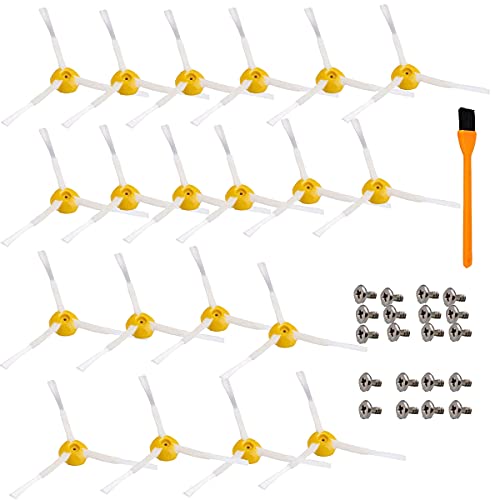
High quantity replacement for frequent maintenance of Roomba 800/900 series.
ECOMAID Roller Brush for Roomba 880
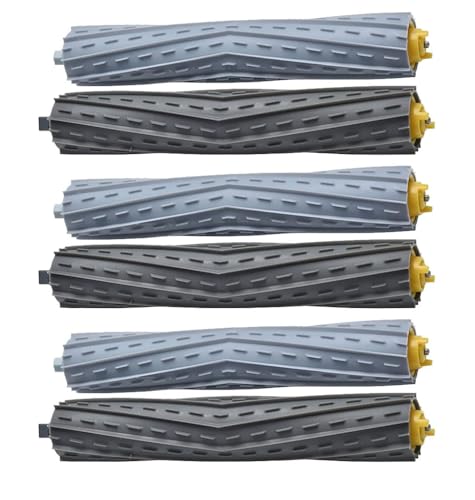
Premium tangle-free brush with improved debris capture for Roomba 800/900 series.
caSino187 OEM Side Brush Module for Roomba 880

Official OEM replacement with enhanced performance for Roomba 500-900 series.
Check the Suction Fan
Listen to the Roomba as it runs. If you hear a high-pitched whine, a grinding sound, or no sound from the fan at all, the suction motor assembly may be the problem. Inspect the fan by looking through the filter housing into the robot’s body. Check for any debris that might have gotten past the filter and jammed the fan blades.
If the internal fan is malfunctioning, replacing the entire cleaning head module, which includes the suction motor, is often the most effective solution to restore proper suction.
Roomba 880 Cleaning Head Module
caSino187 OEM Cleaning Head Module
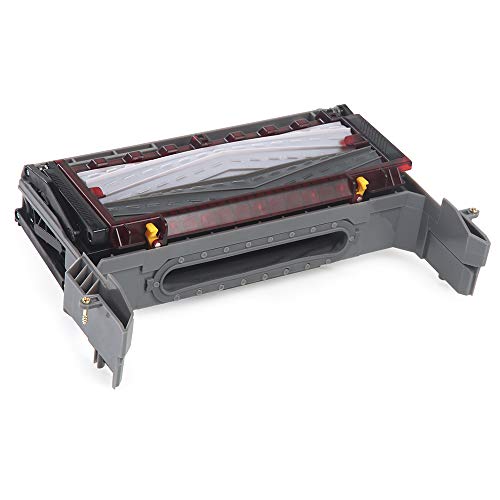
Genuine replacement for Roomba 800/900 series models including 880.
Enhanced Brush Assembly Module

Upgraded cleaning head module for improved performance on 880 models.
DDNBD Cleaning Head Module
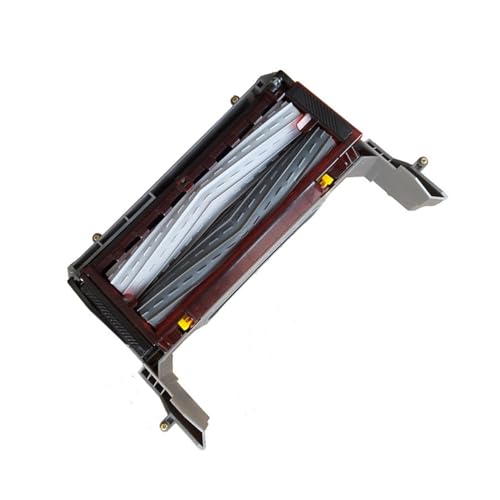
Durable and efficient module for Roomba 880 with motor assembly.
QiyilE Self-Cleaning Module
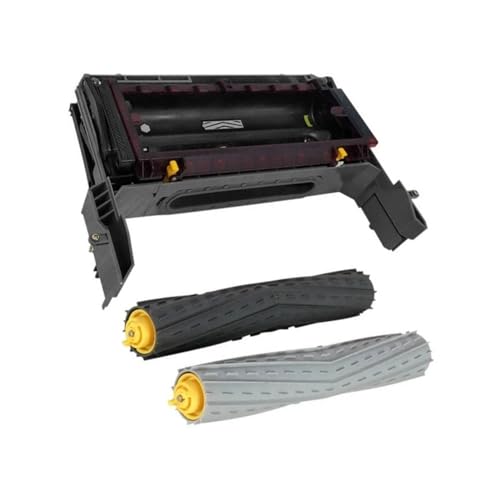
Advanced self-cleaning module for Roomba 880 with dual-brush system.
Inspect Seals for Air Leaks
Examine the rubber seals around the brush cage and where the dustbin connects to the robot’s body. These seals should be pliable and create a tight fit. If they are cracked, brittle, or flattened, they are likely allowing air to escape, reducing suction.
If the seals are compromised, air leaks will reduce suction power. Replacing these seals will restore the airtight system necessary for efficient vacuuming.
Roomba 880 Seals
Dust Box Bin Door for Irobot Roomba 880

Fix dust bin to prevent dust leakage with precise fit.
Step 3: Address Software and Power Issues
If mechanical checks don’t reveal a problem, turn your attention to the robot’s software and power source.
Run Software Diagnostics
Connect your Roomba 880 to the iRobot HOME app, if compatible, or check the iRobot website. Ensure your robot is running the latest available firmware, as updates can fix operational bugs. If you suspect a persistent software glitch, performing a factory reset can clear it. Consult your user manual for the specific button combination required to reset your Roomba 880.
Test and Maintain the Battery
A healthy battery is crucial. Ensure your Roomba is charging correctly by checking that the light on the home base is solid when the robot is docked.
1. Wipe the metal charging contacts on both the Roomba and the home base with a clean, dry cloth to remove any dirt or corrosion.
2. Allow the robot to charge fully until the light indicator turns green.
3. If the battery is old and performance has been declining, it may be time for a replacement. A new battery can often restore the robot’s power and suction.
If your Roomba isn’t holding a charge or its run time is significantly reduced, a new battery can restore full power to the suction motor and extend cleaning cycles.
Roomba 880 Battery
iRobot Roomba XLife Battery

Genuine replacement battery for Roomba 400-800 series
SPARKOLE 5300mAh Li-ion Battery

High-capacity lithium battery with extended runtime
Upgraded 6500mAh Replacement Battery
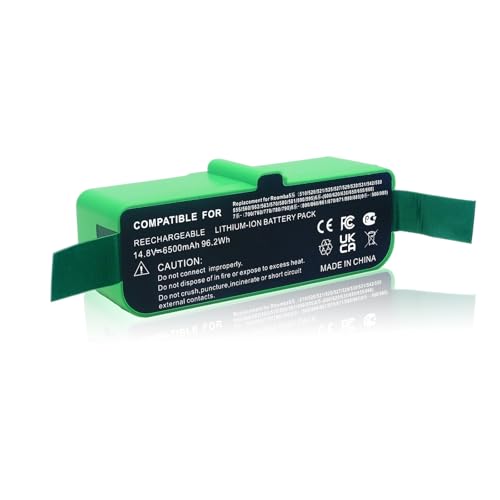
Upgraded lithium battery with enhanced longevity
FirstPower 5.0Ah Ni-MH Battery

Affordable Ni-MH battery for Roomba 500-800 series
Proactive Maintenance for Optimal Performance
The best way to fix a problem is to prevent it from happening in the first place. Consistent maintenance will significantly extend the life of your Roomba 880 and keep its suction strong.
Establish a Regular Cleaning Routine
Make maintenance a habit. After every cleaning cycle, empty the dustbin. Once a week, take a few minutes to clean the brushes and tap out the filter. Once a month, perform a more thorough inspection of all the components mentioned in the troubleshooting guide, including the wheels, sensors, and charging contacts.
The Importance of Genuine Parts
While third-party vendors offer replacement parts like filters, brushes, and batteries, it is highly recommended to use official iRobot components. Genuine parts are guaranteed to fit and function correctly, ensuring optimal performance and preventing compatibility issues that could potentially damage your vacuum.
When to Seek Professional Help
If you have worked through all the troubleshooting steps and your Roomba 880 still lacks suction, it may be time to contact the experts. Reach out to iRobot customer support for further guidance or take your vacuum to an authorized repair center for a professional diagnosis and service.
Frequently Asked Questions (FAQ)
How often should I clean my Roomba 880’s filter?
For best performance, you should clean the HEPA filter at least once a week by tapping it against a trash bin. The filter is not washable and should be replaced every two to three months, depending on your home environment and usage frequency.
What do unusual grinding noises from my Roomba mean?
Grinding or clicking sounds often indicate a physical problem. This could be caused by debris caught in the brush gears or the suction fan. It can also be a sign of a worn-out component, such as a failing brush motor or a damaged extractor.
Can I use third-party replacement parts for my Roomba 880?
While compatible third-party parts are available, using official iRobot replacement parts is advisable. This ensures perfect compatibility, maintains your device’s warranty (if still applicable), and guarantees the quality needed for peak performance.
Will a factory reset fix my Roomba’s suction problem?
A factory reset can resolve software-related issues that may be impacting the vacuum’s operation. However, it will not fix physical problems like a clogged filter, a blocked suction channel, or a broken belt. It should be considered only after all physical and mechanical checks have been completed.
Conclusion
Losing suction on your Roomba 880 can be a major inconvenience, but it is often a solvable problem. In most cases, the issue stems from a simple lack of maintenance, such as a clogged filter or tangled brushes. By following a methodical approach to cleaning and inspecting your robot, you can typically identify and resolve the problem yourself.
Remember that regular, proactive care is the key to longevity and performance. A few minutes of maintenance each week can prevent frustrating blockages and ensure your Roomba 880 continues to provide powerful, autonomous cleaning for years to come. With these tips, you can confidently tackle any suction issues and keep your robotic vacuum in prime working condition.
